10 Confusing Myths and Facts about Rails

10 Myths and Facts about Rails
Railways are a crucial component of our transportation infrastructure, moving goods and people across the country efficiently and reliably. However, proper maintenance and inspections are essential to ensure the safety and reliability of these rails. Unfortunately, there are many misconceptions about rail maintenance that can lead to dangerous conditions and costly repairs.
One common myth, Myth#1, is that rails do not require regular inspections.
Fact#1: However, this is simply not true. In fact, regular inspections are critical to identifying potential problems before they become major issues. Inspectors look for signs of wear and damage, such as cracks, breaks, and worn spots, that could compromise the integrity of the rail. Inspectors also look for signs of instability, such as loose bolts and shifting ties, that could lead to derailments. Regular inspections can help prevent accidents and keep the rail system running smoothly.
Another Myths and Facts about Rails, Myth#2, is that all rails are the same and can be treated the same way.
Fact#2: This is not the case, as different rail shapes or types of rails have different properties that require different maintenance approaches. For example, high-speed rail lines require different maintenance than freight lines due to the higher speeds and frequency of use. Rails in coastal areas are subject to corrosion from salt spray and require specialized coatings to prevent deterioration. It’s essential to understand the specific properties of each rail line and tailor maintenance approaches accordingly.
The third Myths and Facts about Rails, Myth#3 is that rail maintenance is too expensive and time-consuming.
Fact#3: While it’s true that rail maintenance requires an investment of time and resources, the cost of neglecting maintenance can be much higher. Repairs and replacements can be costly and cause significant downtime. In addition, accidents and derailments can result in damage to property and loss of life. Investing in regular maintenance and inspections can help prevent these costly and dangerous situations.
Myth #4: Steel rails are completely maintenance-free.
Fact#4: Some people assume that once steel rails are installed, they don’t require any maintenance or attention. However, this is not true. Steel rails can suffer from a range of issues, including corrosion, wear, and fatigue. Regular inspections and maintenance are necessary to keep rails in good condition and prevent accidents.
Myth #5: The rail grade doesn’t matter as long as the weight limit is met.
Fact#5: While it’s true that rails must be able to support the weight of passing trains, the rail grade (the quality of the steel used to make the rails) also plays a critical role in rail safety and performance. A rail with a lower grade may wear more quickly, crack more easily, or be more susceptible to fatigue failure (RCF). Choosing the right rail grade for a specific application is essential to ensure safe and reliable rail operations.
Myth #6: Rails never need to be replaced unless they break or crack.
Fact#6: Rails have a limited lifespan due to wear and tear, and eventually need to be replaced. The frequency of replacement depends on various factors such as traffic volume, rail grade, and maintenance practices.
Myth #7: Rails can be replaced one at a time without affecting the rest of the track.
Fact#7: Replacing a single rail can have a ripple effect on the entire track system. The new rail may not align perfectly with the adjacent rails, causing additional stress and wear. It’s usually better to replace sections of rail or even entire stretches of track at once to ensure smooth operation.
Myth #8: Rail wear is only caused by the weight of trains passing over it.
Fact#8: While train weight is a major factor in rail wear, other factors can also contribute, such as the weather (rain and snow can accelerate corrosion), the type of cargo being transported (abrasive materials can cause more wear), and even the curvature of the track (curves can cause more lateral forces, leading to more wear).
Myth #9: Only high-speed trains need specialized tracks.
Fact#9: Different types of trains have different requirements for their tracks. High-speed trains need tracks that can handle the increased speeds, but freight trains may need tracks that can handle heavier loads. Additionally, different rail grades and profiles may be required depending on the type of train and the specific section of track.
Myth #10: Rail maintenance is a simple task that can be done by anyone.
Fact#10: Rail maintenance requires specialized knowledge and training. Improper maintenance can lead to safety issues and costly repairs. It’s important to work with experienced professionals who understand the intricacies of rail maintenance and can ensure that it is done properly.
In conclusion, with respect to the above Myths and Facts about Rails, proper maintenance and inspections are essential to the safe and reliable operation of our rail system. It’s important to dispel the myths about rail maintenance and invest the time and resources necessary to ensure that our rail infrastructure remains in top condition. By doing so, we can help ensure the safety of passengers, workers, and cargo while keeping the economy moving efficiently.
More Articles
Categories
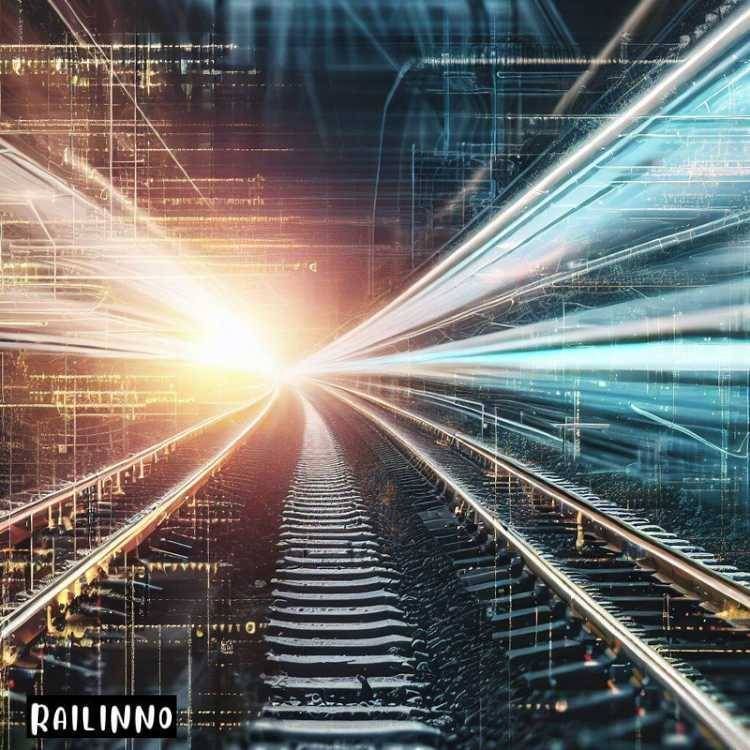
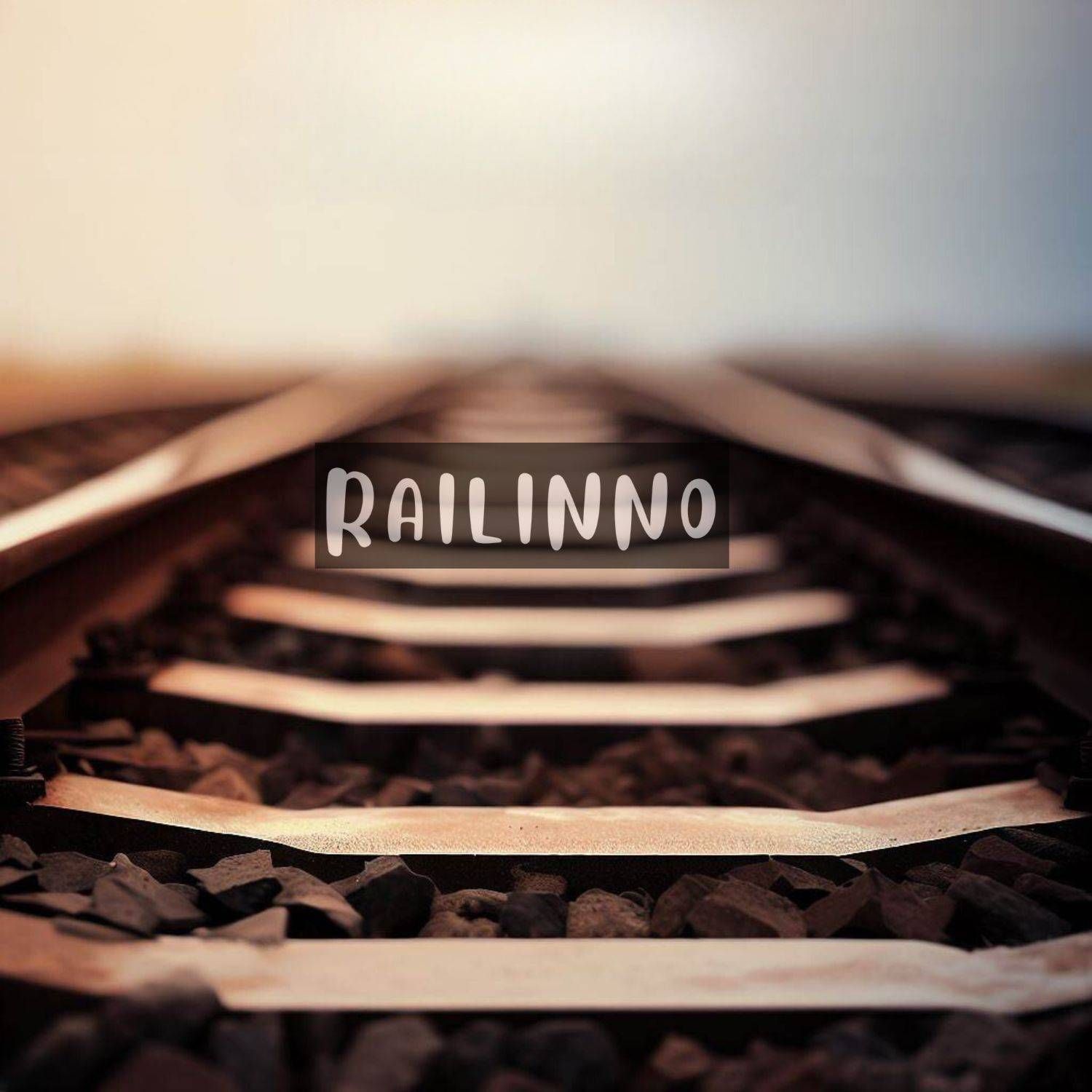

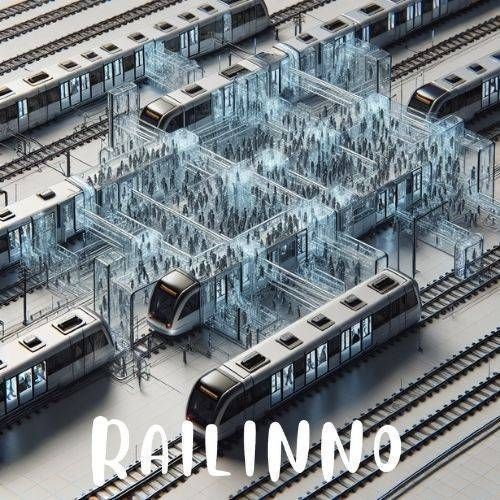


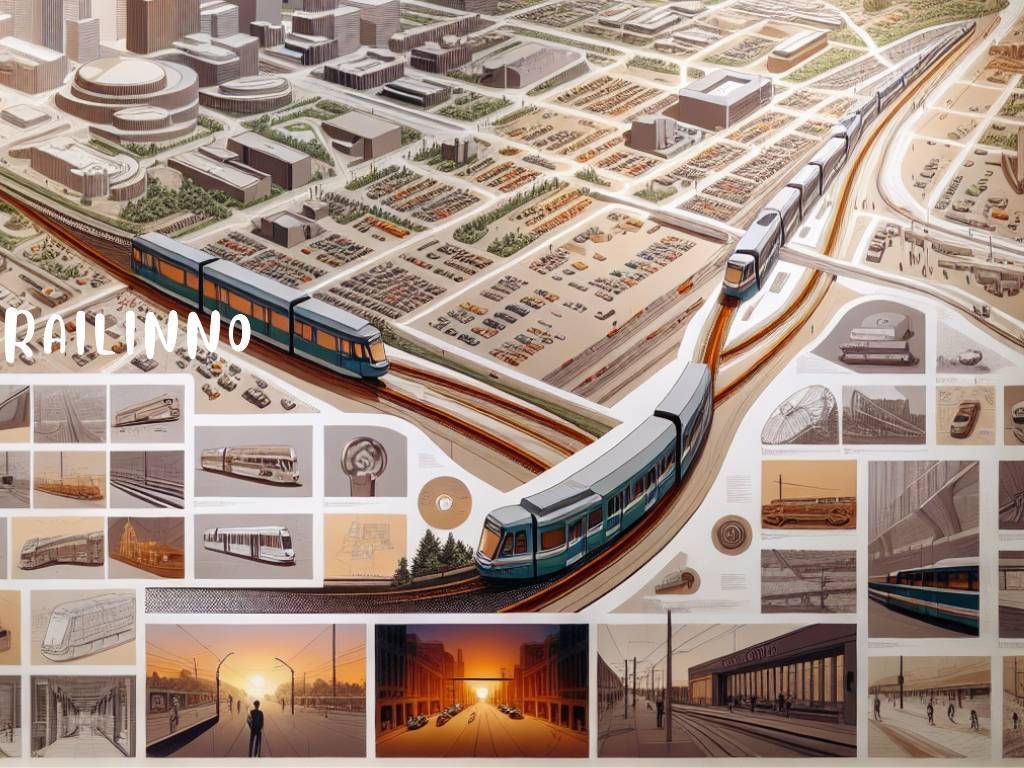
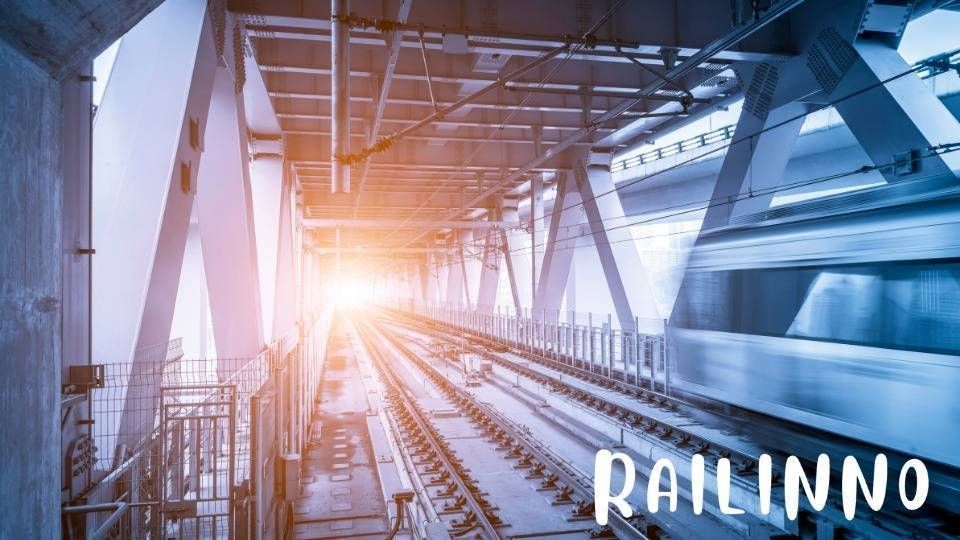
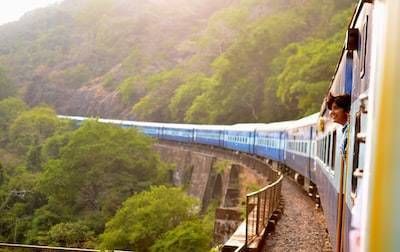
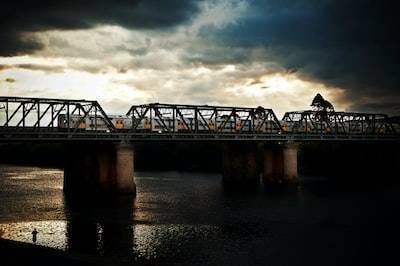
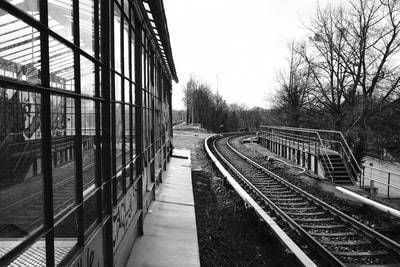
Leave a Reply